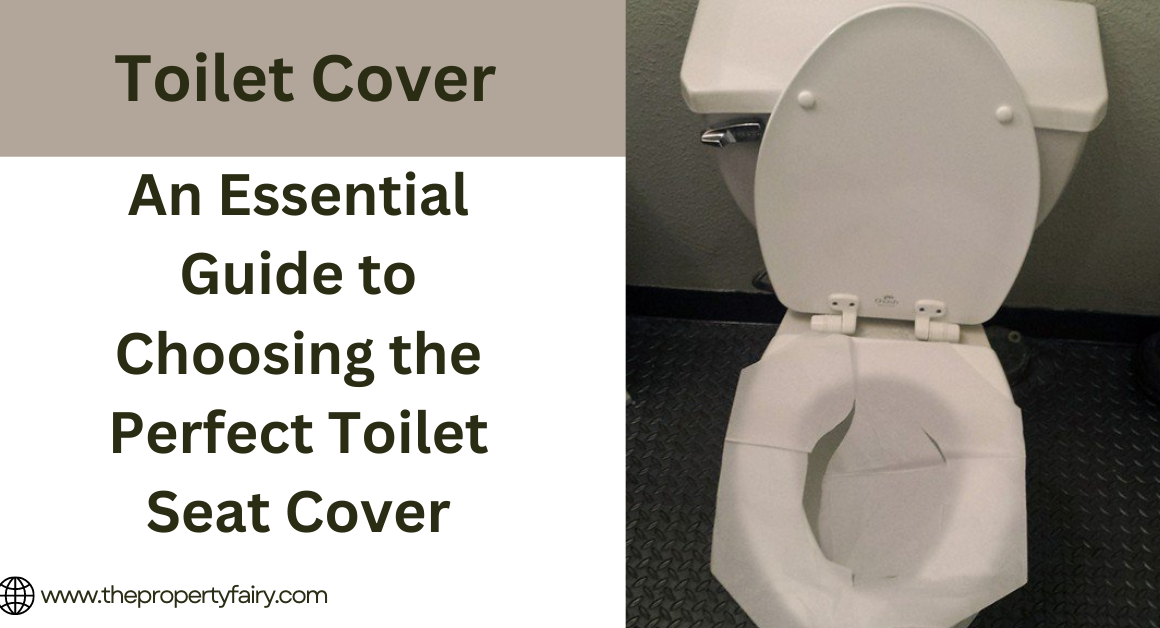Tarp are a versatile and essential tool for a variety of outdoor, construction, and storage needs. Whether you’re camping or hiking in the wilderness, protecting your equipment from weather damage, or need an affordable solution for a temporary shelter, it can provide a quick and easy solution. Throughout this article, we will examine the different types of tarps available, their advantages and disadvantages, and how to choose the right tarp for your purposes. We’ll also provide some tips on proper maintenance and storage, and outdoor safety measures to keep in mind when using tarps.
Introduction
If you’ve spent any time outdoors or around construction sites, chances are you’ve seen a tarp in action. These versatile sheets of material can be used for anything from protecting gear during a camping trip to keeping your furniture dry during a move. We will discuss the history, benefits, and common uses in this article.
What is Tarp?
Tarp, short for tarpaulin, is a large sheet of material that is often made of water-resistant or waterproof fabric. These sheets can range in size from small, handheld ones to large tarps that can cover entire roofs. It often used to protect against weather elements or provide a temporary shelter.
History of Tarp
The use of tarps dates back to ancient times when people would use animal hides to cover and protect their belongings. In the 1700s, sailors began to use treated canvas tarps to cover their ships. The word “tarpaulin” originates from combining the words “tar” and “palling,” which refers to the coating of tar used to make the canvas waterproof. It can be made from a variety of materials and can serve a variety of purposes today.
The benefits of using tarps
It has the advantage of being versatile, which is one of their greatest benefits. It can be used to cover and protect almost anything, from outdoor furniture to vehicles to construction supplies. They’re also relatively inexpensive and can often be reused. In addition, tarps come in a variety of sizes and materials, making them suitable for a variety of applications.
Types of Tarp Materials
Nylon Tarp
Nylon tarps are lightweight and easy to handle, making them a popular choice for camping and hiking trips. They’re also resistant to tears and abrasions, making them a durable option for outdoor use.
Canvas Tarp
Tarps manufacturers produce canvas tarps known for their durability and strength. People often use them for construction, transportation, and storage purposes.
Polyethylene Tarp
Manufacturers produce tarps made from polyethylene, which are waterproof and UV-resistant, using a plastic-like material. People often use them for outdoor events and as temporary roofing.
Vinyl Tarp
Vinyl tarps manufacturers produce heavy-duty vinyl material that resists mildew, mold, and UV rays. People often use them for transportation and storage purposes. You may also visit answertenant for more information.
Common Uses of Tarp
Camping and Hiking
It is common for camping and hiking enthusiasts to use tarps as a means of protecting their gear from the elements. People can use it to cover tents, create a windbreak, or provide shelter during rainstorms.
Outdoor Events and Festivals
People often use tarps at outdoor events and festivals as temporary shelters or to cover equipment and supplies.
Construction and Home Improvement
In construction and home improvement projects, people commonly use it to cover and protect materials and equipment from the weather.
Transportation and Storage
People often use tarps for transportation and storage purposes to protect and cover large items such as vehicles, boats, and furniture.
Benefits and Drawbacks of Tarp
Advantages of Using Tarp
The versatility of tarps is one of its main advantages. Tarps can be used for a range of purposes and provide a cost-effective way to protect and cover items. They’re also relatively easy to handle and come in a variety of materials and sizes.
Disadvantages of Using Tarp
One of the biggest drawbacks of using tarp is that it isn’t always completely waterproof. While tarps can be made from waterproof materials, water can still seep through seams and around grommets. Additionally, tarps can be prone to tears and may not be suitable for long-term use.
What is the best type of tarp for your needs?
In addition to serving a variety of functions, tarps are versatile pieces of equipment. With all the options available, selecting the right tarp can be a challenge. When selecting a tarp, there are several considerations to keep in mind.
Tarp Selection Considerations
Material: Tarps come in a range of materials including canvas, vinyl, and polyethylene. Make your selection based on the durability, water resistance, and weight of the material.
Materials: The grommets (metal rings) along the edges of the tarp allow you to secure it using bungee cords, rope, or other fasteners. Make sure the grommets are spaced at a distance that will work for your specific needs.
Color: Their colors vary, and each has its own unique characteristics. For example, blue one is more visible in the wilderness, while white one reflect sunlight and keep the area underneath cooler.
Specific considerations for specific uses
Camping: When camping, campers prefer an ideal lightweight tarp that they can easily pack. Look for a tarp with reinforced corners and grommets for easy setup.
Home Improvement: During home improvement projects, they are an excellent way to protect furniture and floors. A heavy-duty tarp with a high denier count will offer the necessary protection.
Boating: Marine-grade are specifically designed for use in water settings. Look for a tarp that is waterproof, mildew-resistant, and UV-protected.
Size and Weight of Tarp
Consider the size and weight of the tarp that you need. Larger tarps will be heavier, making them more challenging to set up, but they will also provide more protection.
Proper Maintenance and Storage of Tarp
To get the most out of your tarp, you need to take care of it. The following tips will assist you in maintaining and storing it.
How to Clean Tarp
You should clean it regularly to prevent the growth of mold and mildew. You can use mild soap and water to clean it. Thoroughly rinse the tarp and allow it to air dry before storing.
Storing Tarp
Store it in a cool, dry place. Avoid storing it in direct sunlight. Fold it neatly to avoid wrinkles.
Common Maintenance Mistakes
Avoid these common mistakes when maintaining your tarp:
– Clean it with bleach or harsh chemicals
– You should store it when it is wet.
– Fold it when it is still damp
Tarp Safety Tips for Outdoor Activities
When using tarps outdoors, safety should always be a top priority. Make sure your its setup is safe and secure by following these tips.
Weather-Related Safety
Check the weather forecast before setting up your tarp. Avoid to set it in an area prone to strong winds, as it can cause the tarp to become a safety hazard.
Proper Setup and Securing
Make sure to set it correctly to avoid accidents. Secure it tightly to avoid strong winds whipping it up. Ensure that you securely attach it to a sturdy structure using bungee cords or rope.
Fire Safety
Never set up your tarp too close to an open flame. Ensure that there is ample space between the tarp and any heat sources. It should not contain candles or other open flames.
In Conclusion
For a variety of applications, they are an effective and cost-effective solution. By understanding the different types of tarps available, their uses and limitations, and how to properly maintain and store them, you can get the most out of your investment. Remember to always prioritize safety when using it, especially in outdoor environments where weather conditions can quickly shift. You can use it safely and effectively for your next outdoor project or adventure by following these tips.












